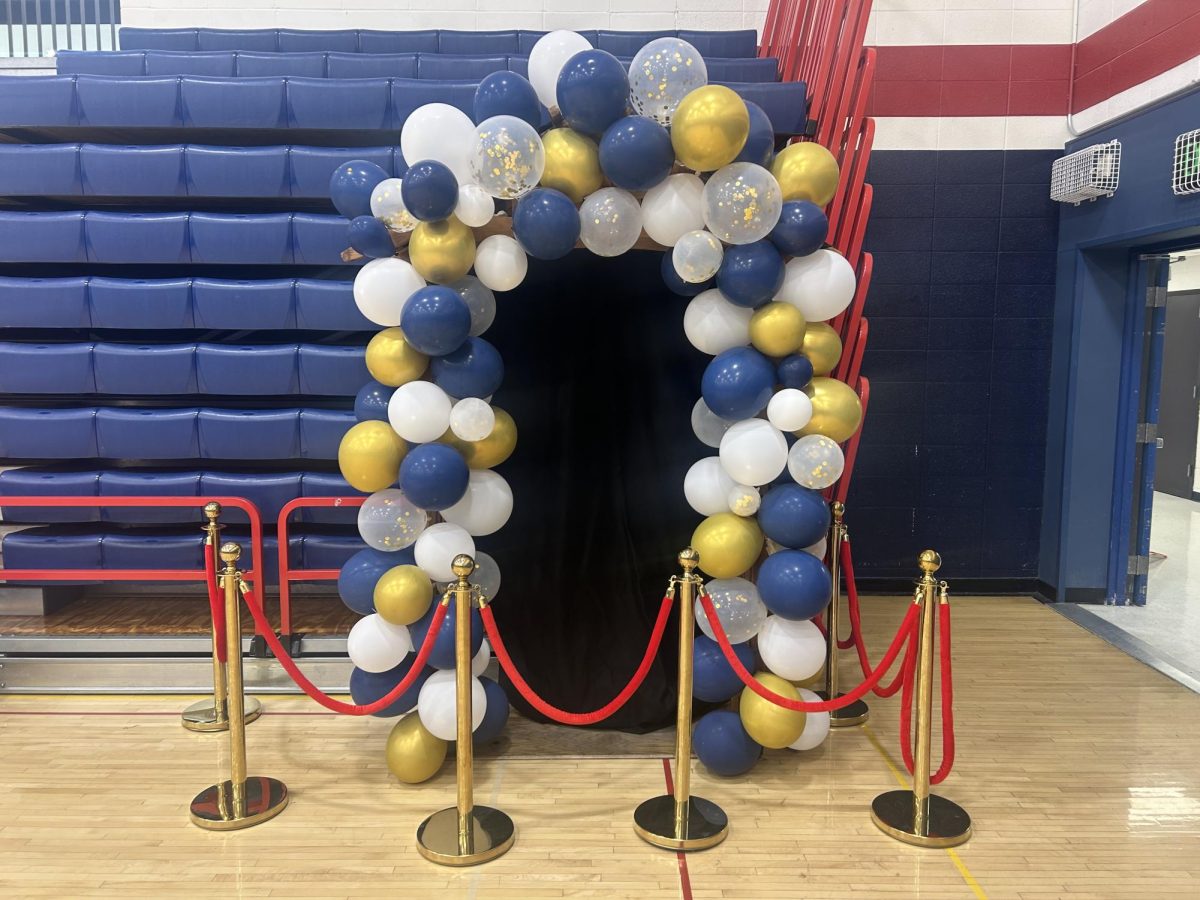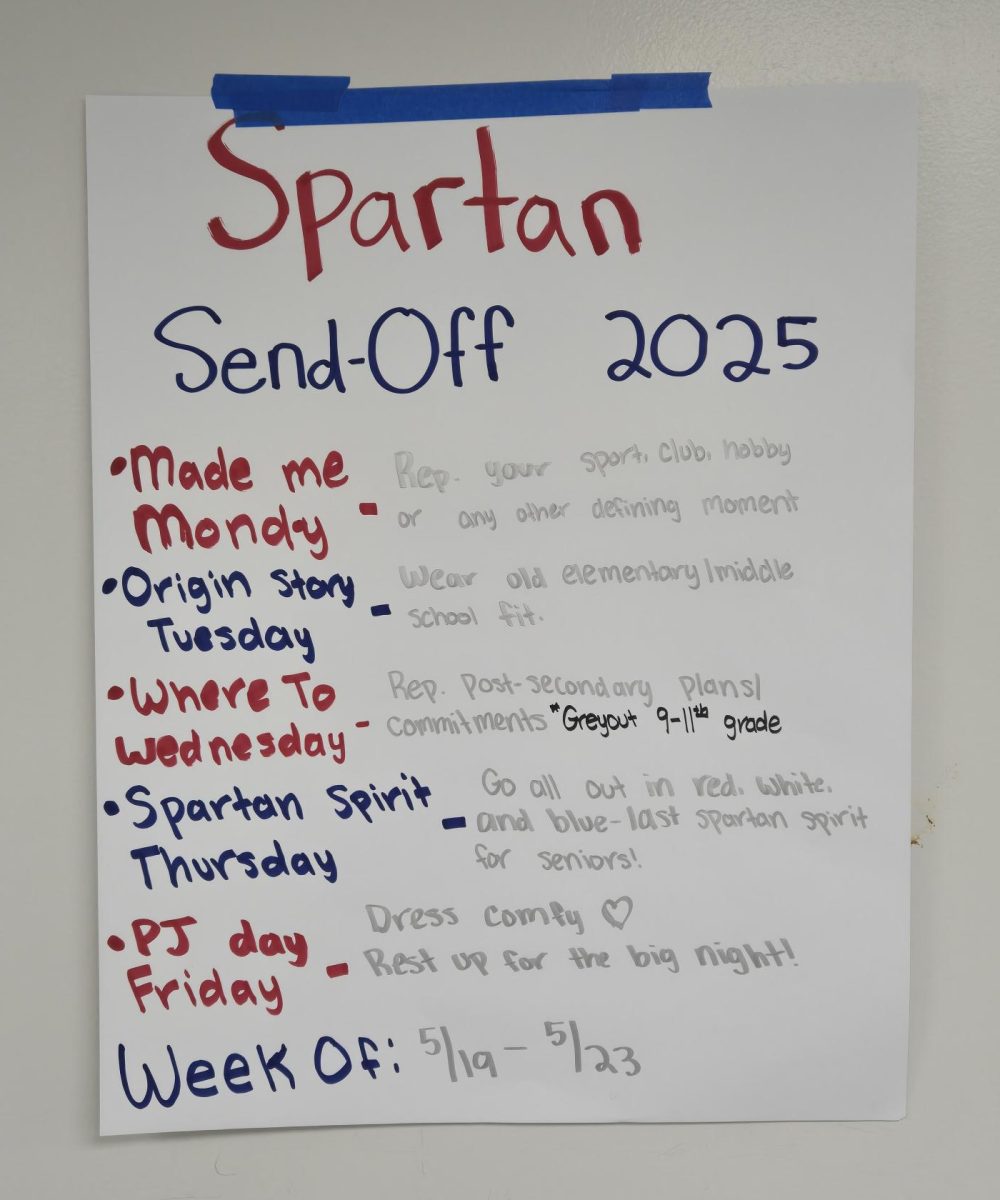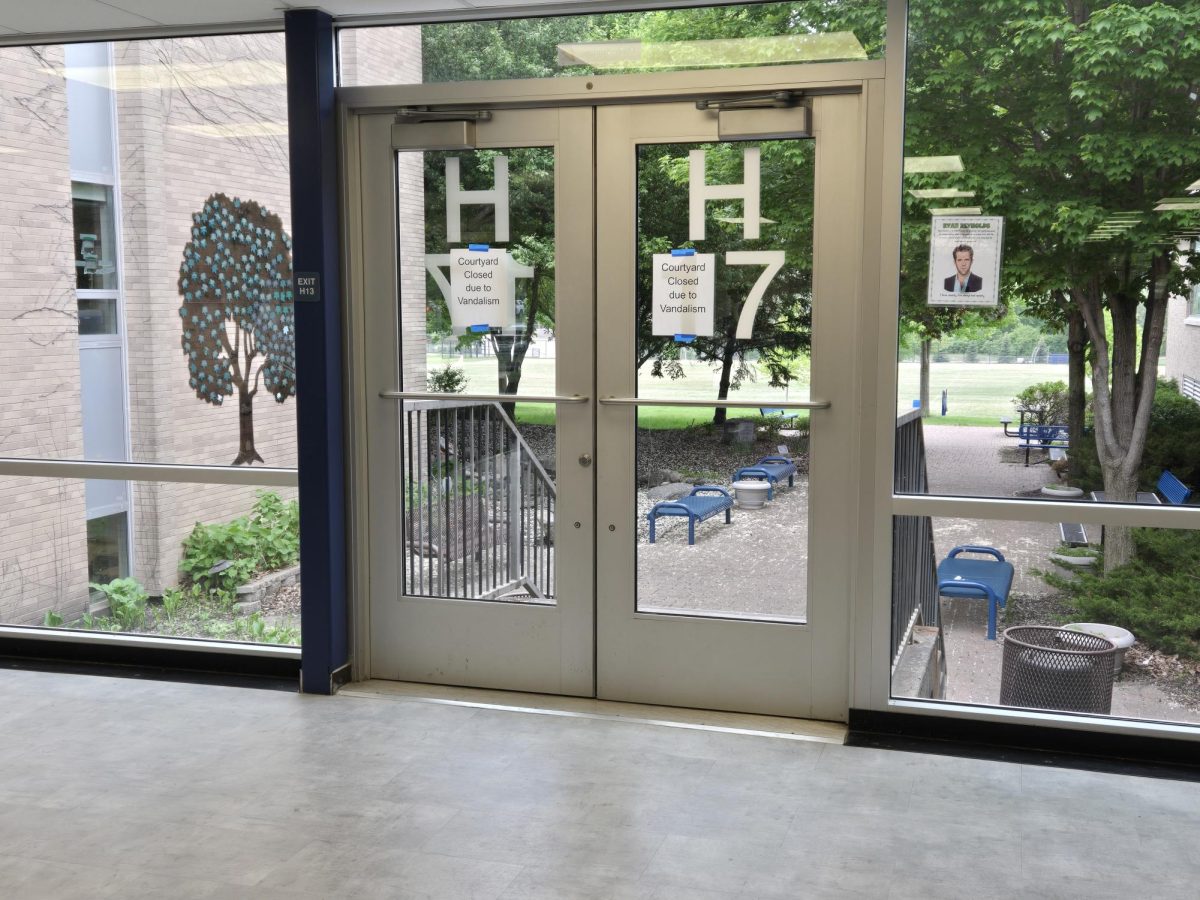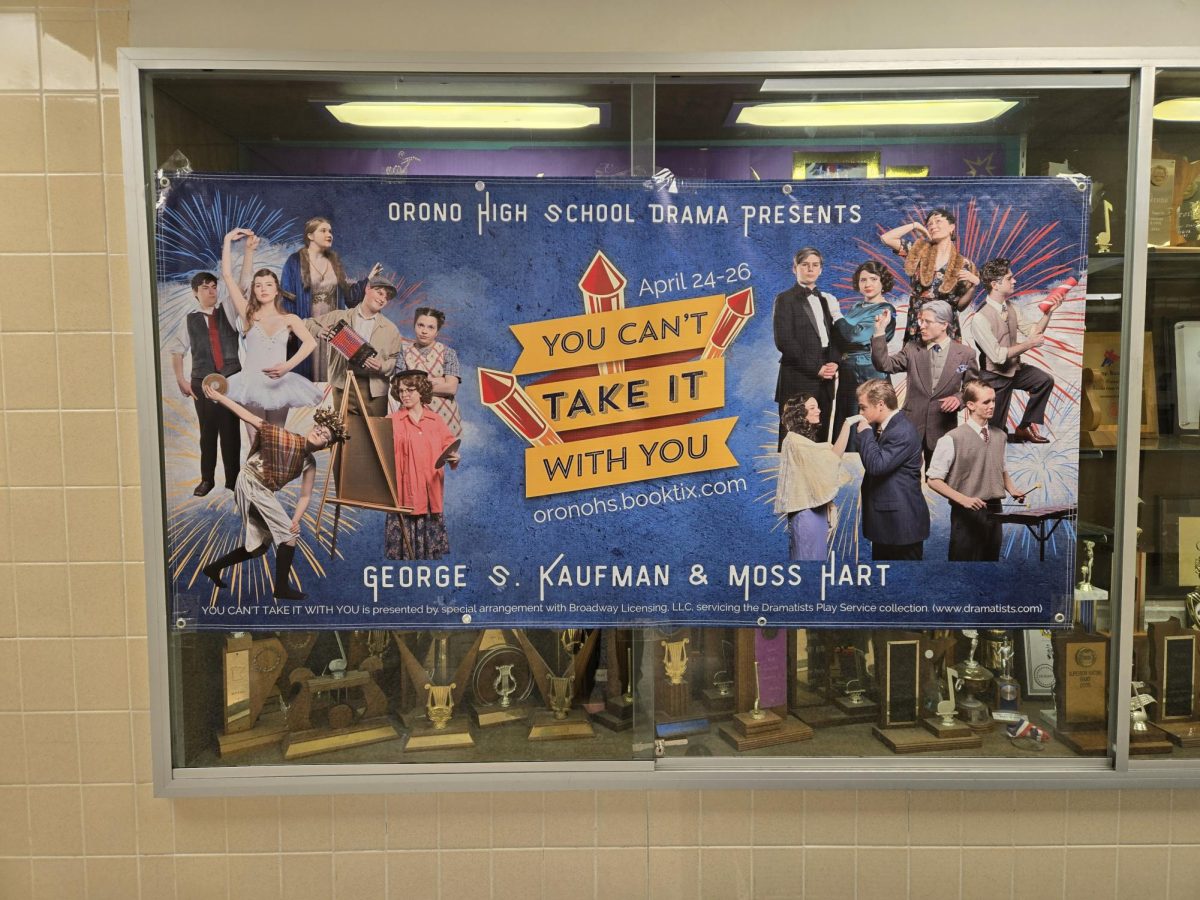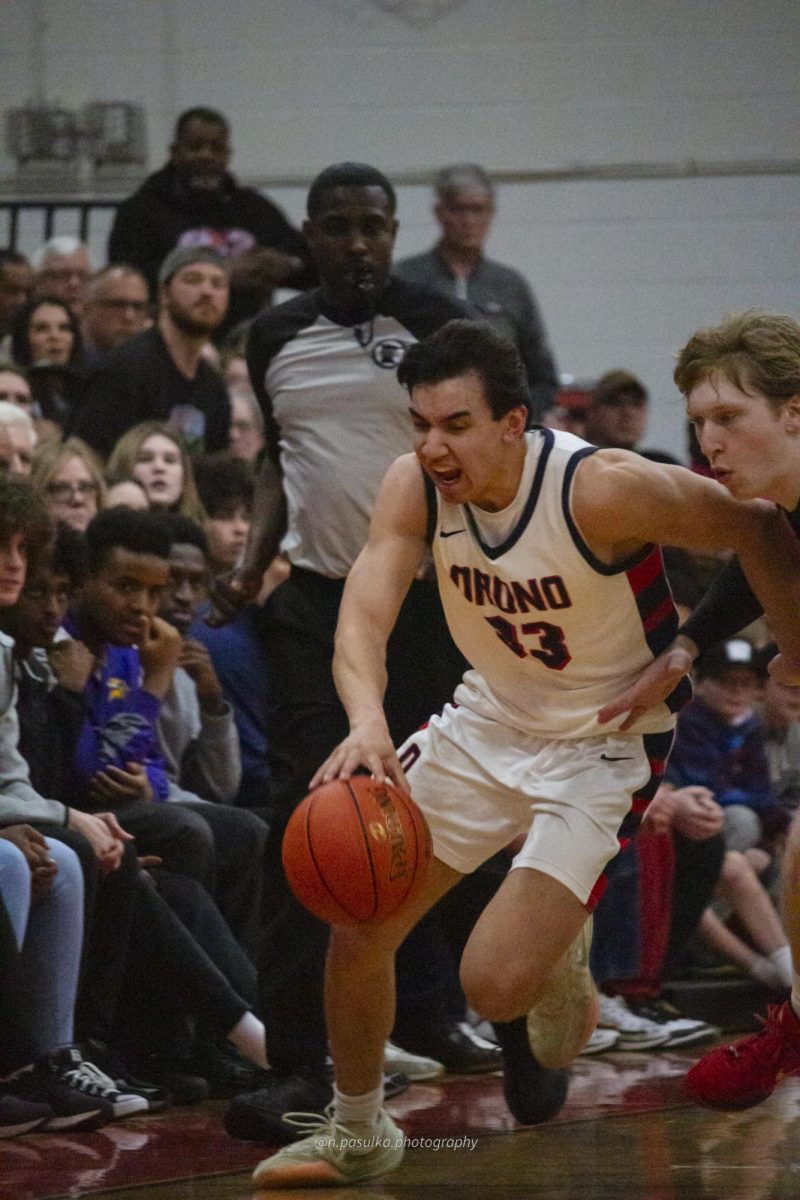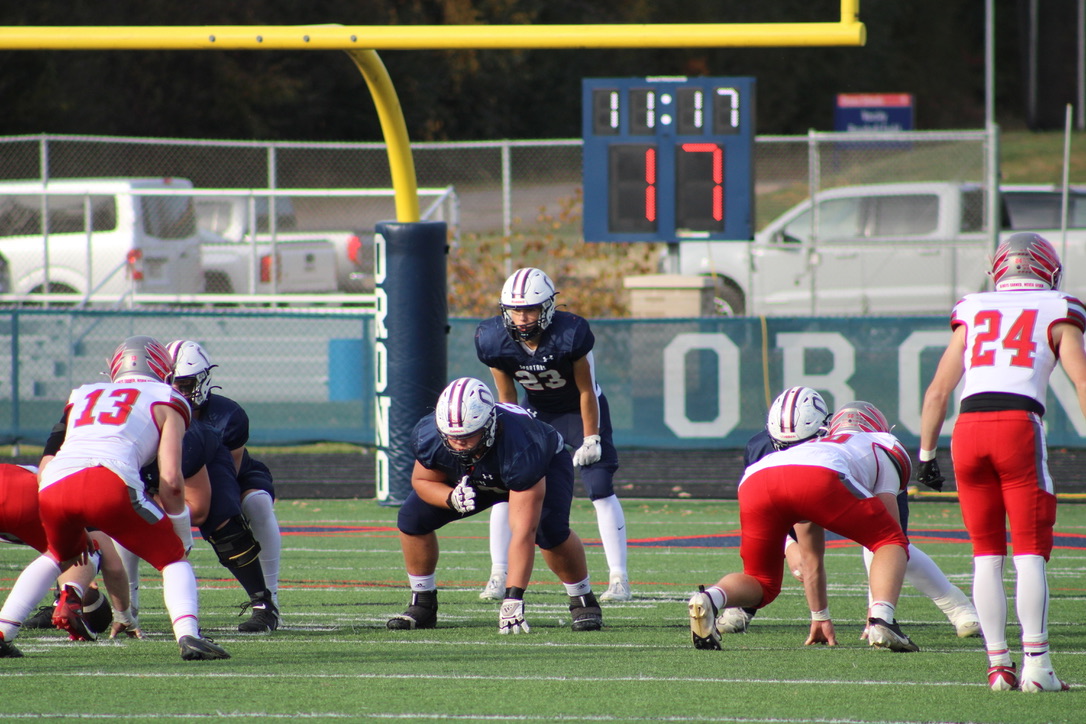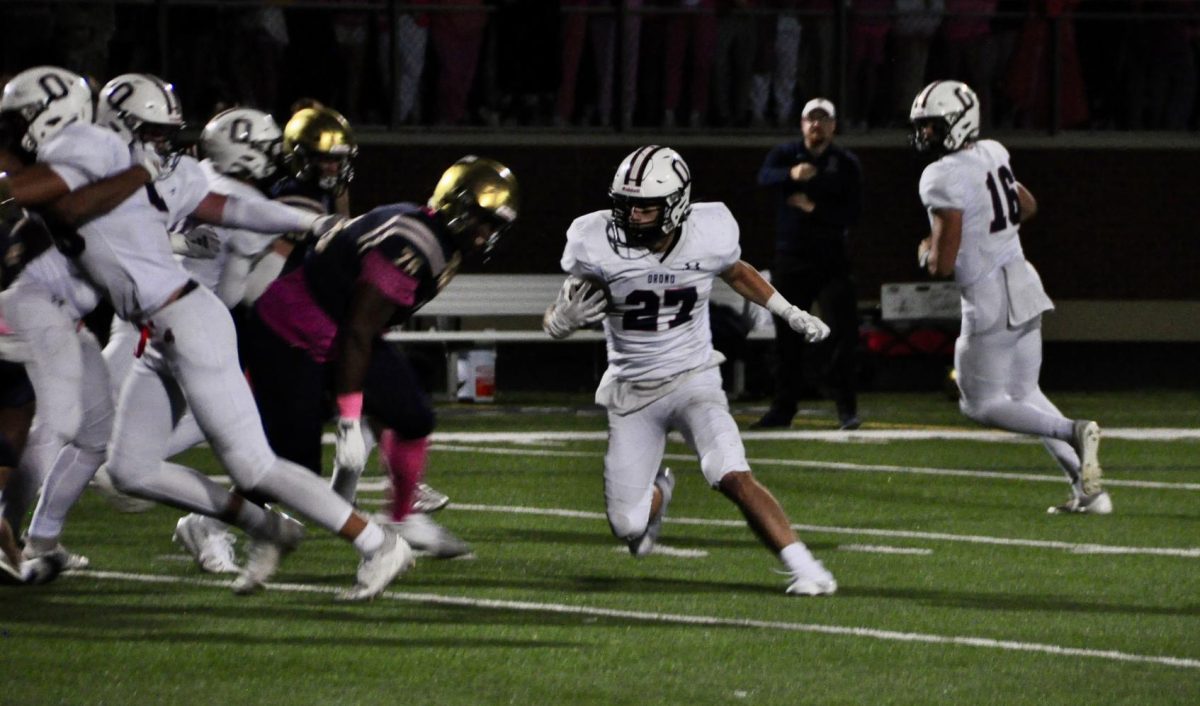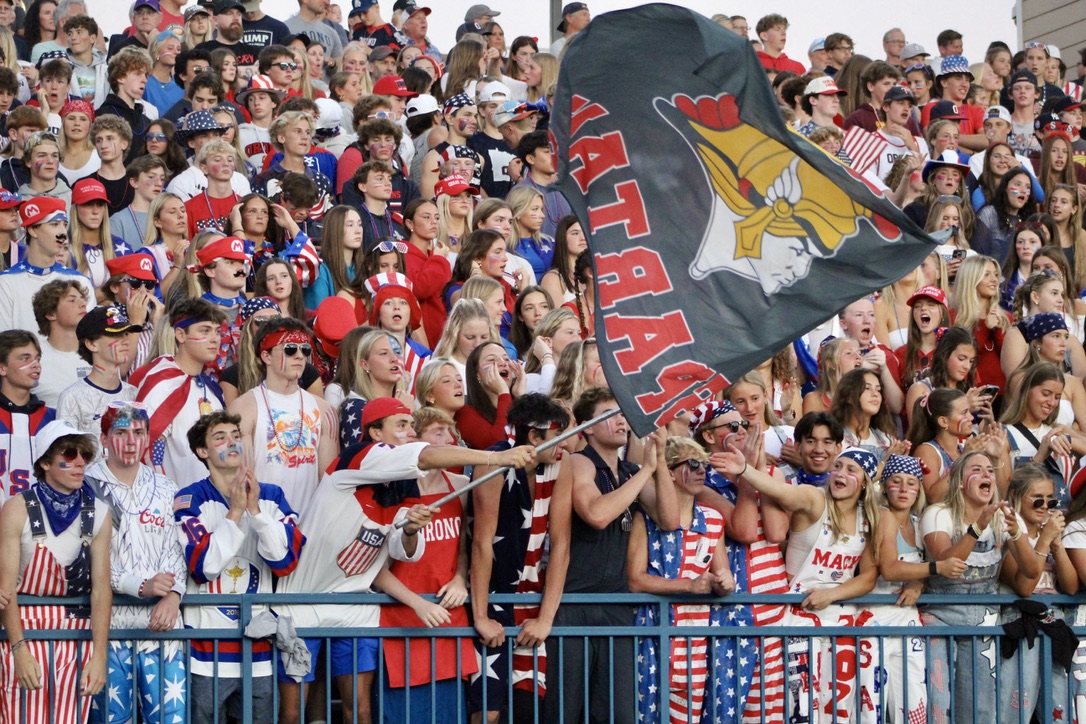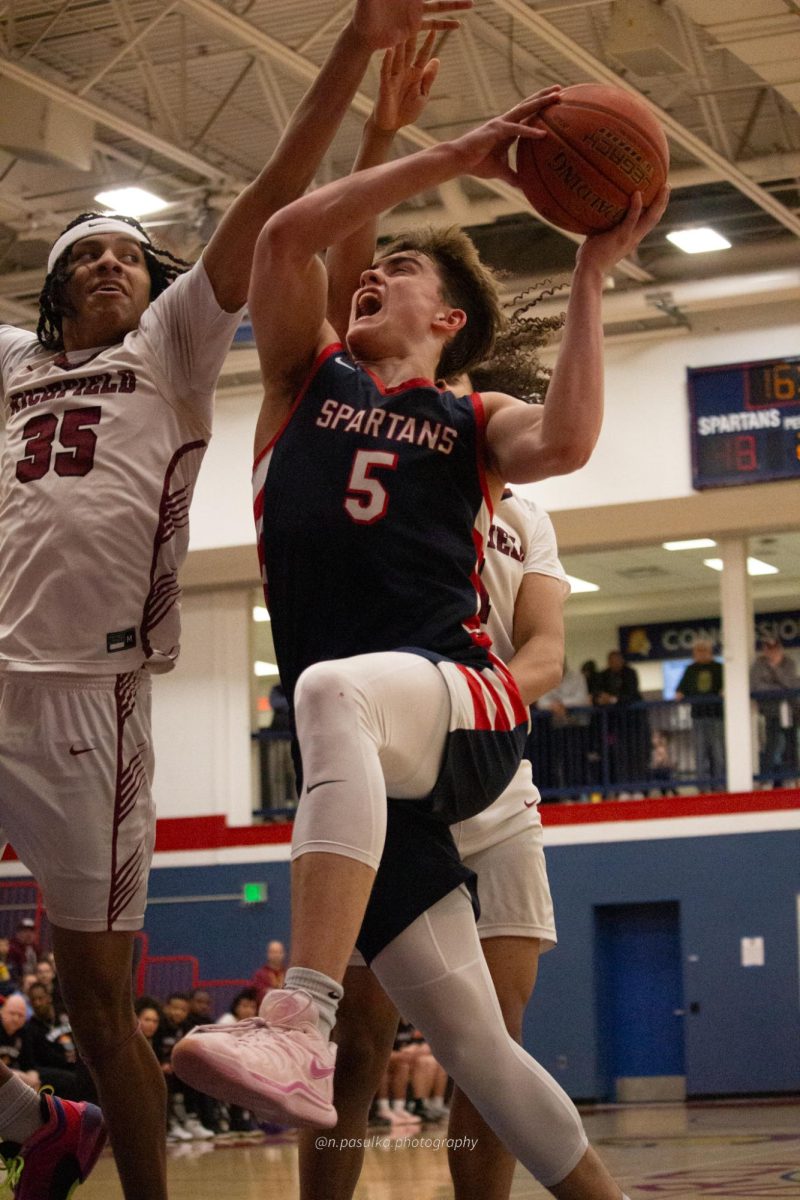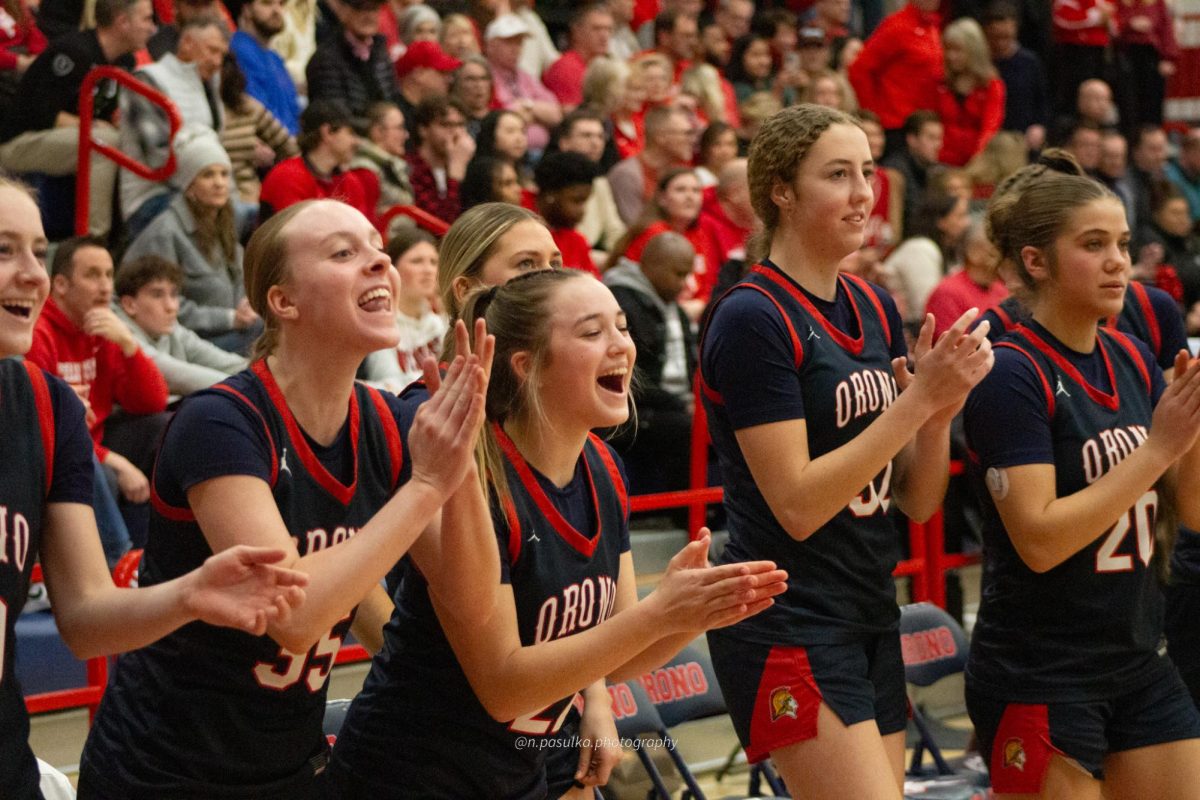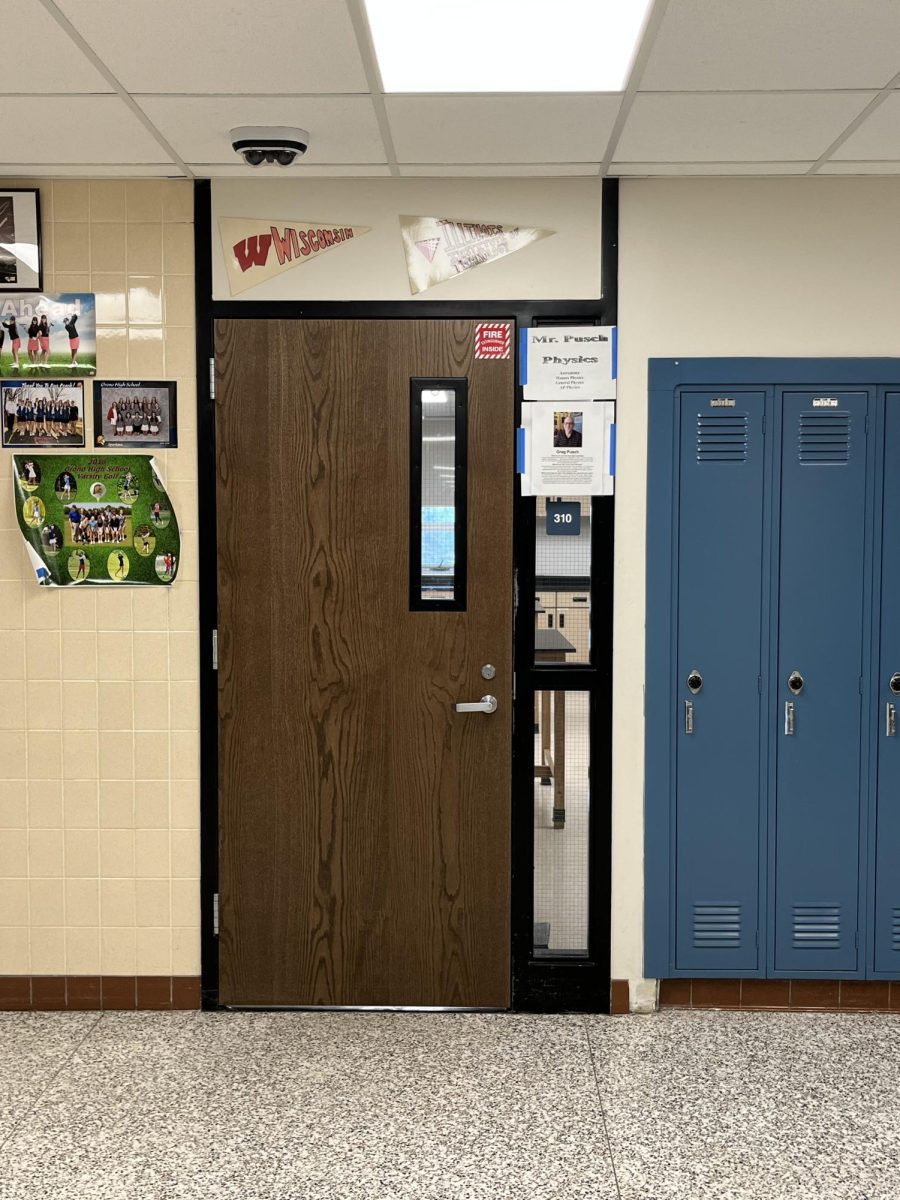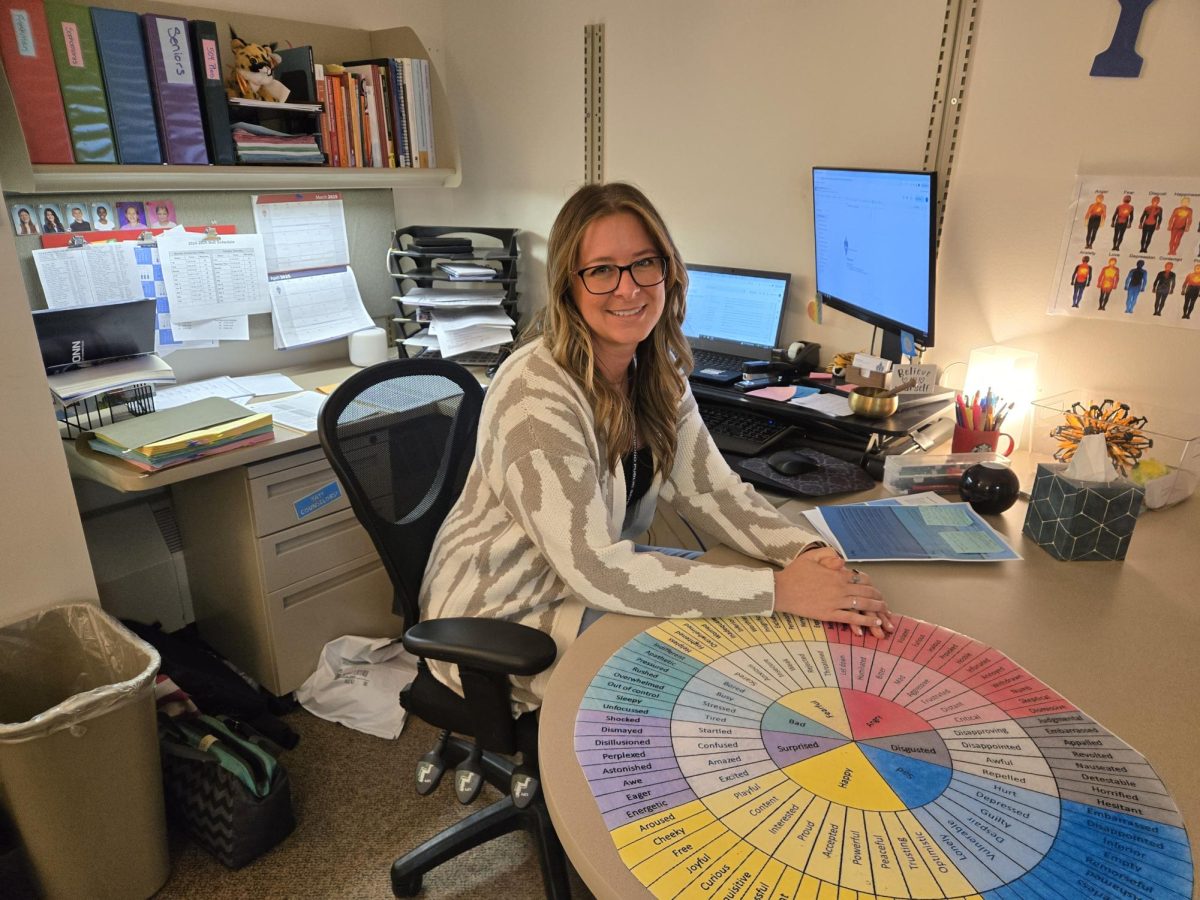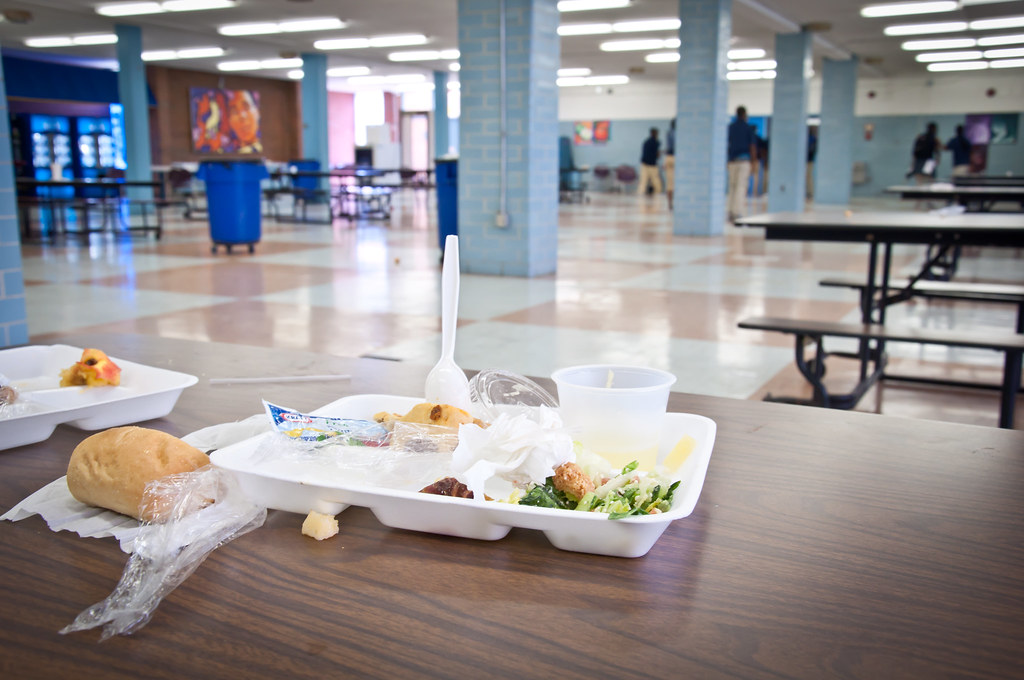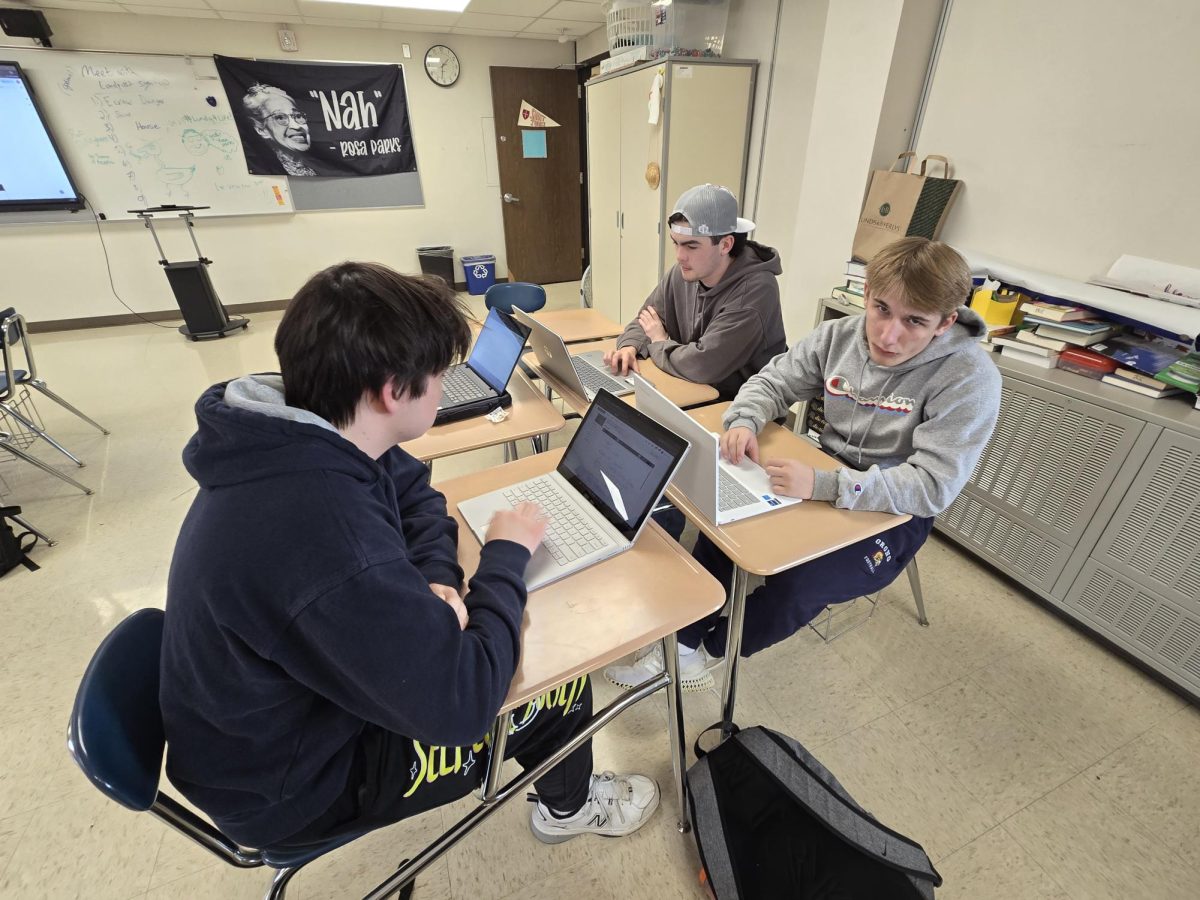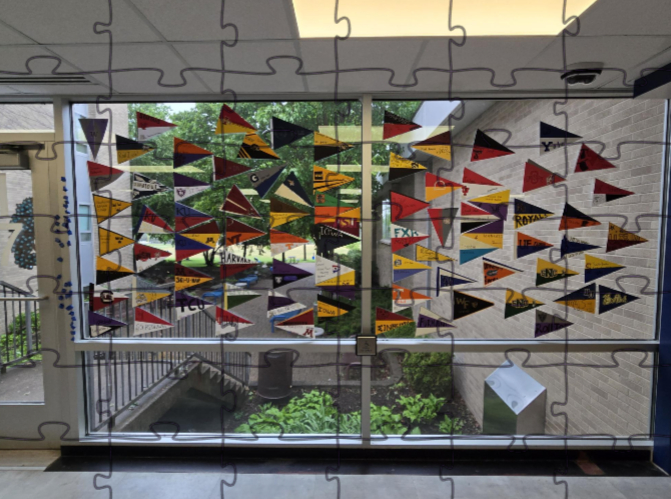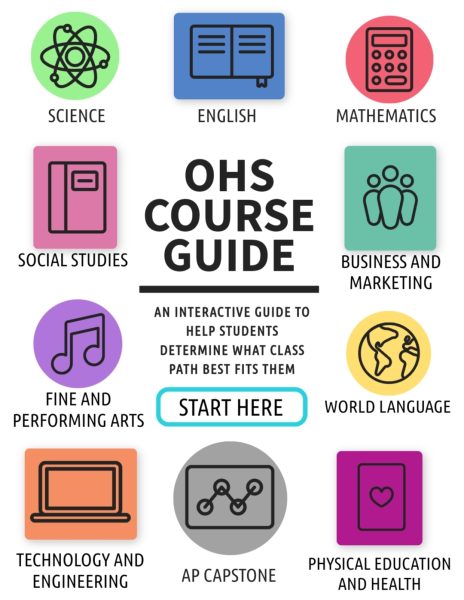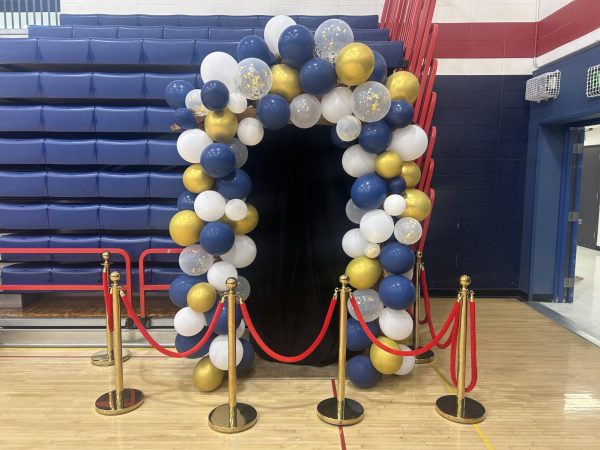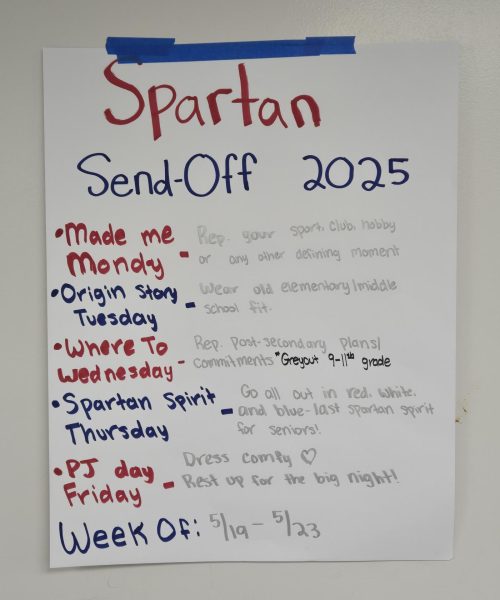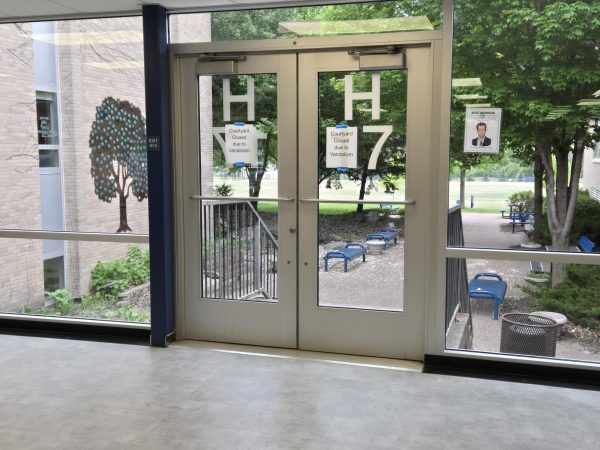Scheduling at OHS: what you need to know
Scheduling at Orono high school has always felt like the “man-behind-the-curtain”. The extent that most students know about how scheduling works at OHS is that they turn in their class selections in February and a few months later, a completed schedule is created for them.
“I think that the biggest misconception about scheduling is that it’s driven by what kids register for,” OHS counselor and head of student scheduling Shana Borgen said.
Completing student schedules is a larger process than most students realize. There are many moving parts and layers through which all classes and schedules must move through to be completed. The first step of scheduling is choosing the classes that students can take each year to fulfill their credit requirements. The department chairs send the classes to the school board for approval, then students can submit their class requests in StudentVue.
School counselors Shana Borgen, Jamie Menne and Kathryn Haagenson, take the information from class requests on StudentVue to create complete schedules for students and teachers. The counselors have to look at how many people want to take each class and decide how many classes there will be based on that amount, capping each class size at about 32 students. But it is more complicated than that.
“We review schedules for appropriateness as well. Let’s say somebody is going from no honors classes to four. We are reviewing prerequisites and appropriateness when we create schedules for students because we want them to succeed in their classes. The number side of scheduling what Dr. Steiner works with,” Borgen said.
With certain classes, creating schedules that work for teachers and students becomes more difficult, like art classes due to having only one teacher, or science classes where there are more teachers than classrooms.
“Somebody always needs to be out of their room so somebody else can use it when it comes to science classes. So we do a lot of shuffling of rooms. This part of class scheduling can create problems for teachers,” science teacher Jeremy Buch said.
Student’s schedules are usually finished and given to the students a few weeks before school starts in the fall, which gives students time to meet with their counselors to make changes. What students don’t often realize is that changing their schedules can affect other peoples’ schedules and their own chosen classes. Counselors planned out each student’s schedules to work with their level of difficulty, organization with other classes, and the number and size of the classes all throughout the school.
Because so many students over the years have been asking to change their schedule, administration has set prerequisites students need to meet in order to change their schedule. These requirements are: if a student is not scheduled for a class which is required for graduation, a student is scheduled for the wrong course level (ex: Spanish II instead of Spanish I), a student wants to add an elective in place of a study hall, or a student wants to drop a class and add a study hall. Schedule changes still often take place during the first few weeks of school as a student is adjusting to their schedule, and right before second semester if changes need to be made.
“When I needed to fix my schedule before second semester, I needed to get approval from the teacher whose class I wanted to switch into and talk to my counselor about if I was eligible to switch the class. At first, they said I could not switch because it would mess up the rest of my schedule, but I continued to email my counselor back and forth to figure out a solution that worked for me and allowed me to switch classes,” junior Lauren Mitchellette said.
Something to take away from the registration process is that there are multiple dependencies. The process is much more complex than students realize, and they need to take that into consideration when registering for their classes. For the scheduling process to work best, students need to be aware of the effects that their class choices have on themselves and the rest of the students and teachers within the school.
Use this interactive infographic to help you plan and sign up for the classes you really want to take next year. To see the entire infographic on your screen, click on the button on the lower right side of the infographic.![]()


